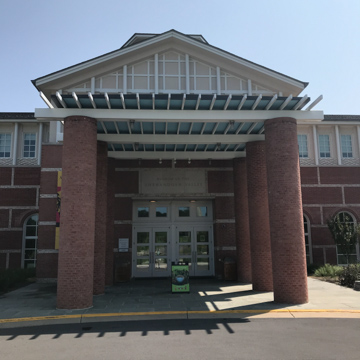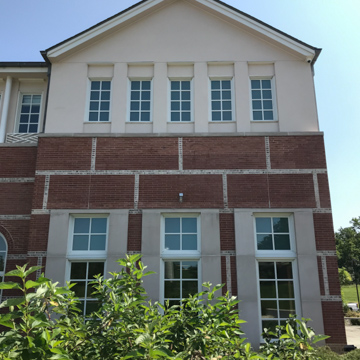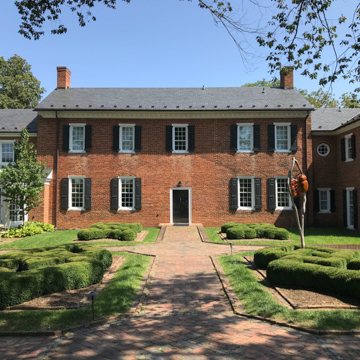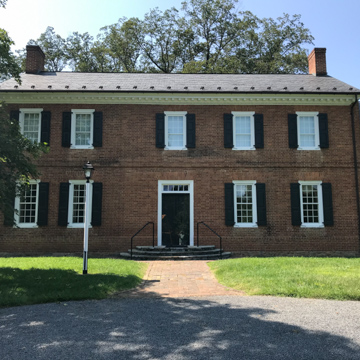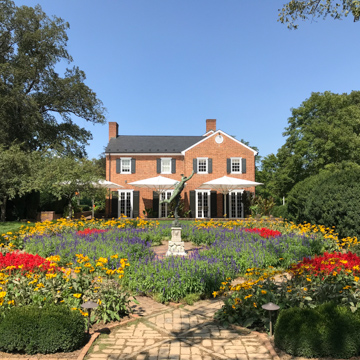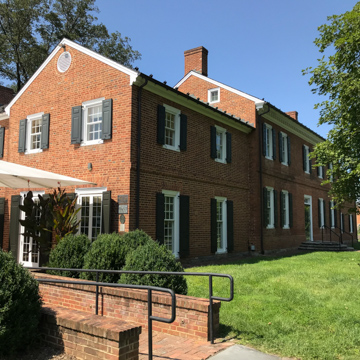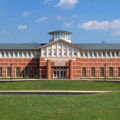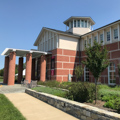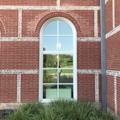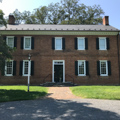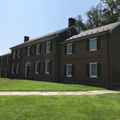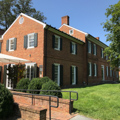Located on the largest green space in the City of Winchester, this regional history museum complex includes the Glen Burnie House, which is surrounded by six acres of gardens, and a museum. The oldest sections of Glen Burnie were constructed between 1793 and 1797 by Robert Wood, youngest son of Winchester's founder Colonel James Wood. When Wood descendant Julian W. Glass Jr. (1910–1992) acquired the house in 1955, he enlarged the two-story Federal house with side wings and, with the aid of his partner R. Lee Taylor (1924–2000), created the gardens. The couple designed these for entertaining, ultimately creating fourteen garden rooms including a grand allee, a Chinese garden, a parterre garden, two rose gardens, and a family cemetery. Prior to his death, Glass created the Glass–Glen Burnie Foundation to enable the public to visit his ancestral home. Glen Burnie House and Gardens opened in 1997, and the museum in 2005, after which the site was renamed the Museum of the Shenandoah Valley.
The fifty-thousand-square-foot museum includes four gallery spaces. According to Graves, his goal was to "design a structure that would have its own contemporary identity, yet speak harmoniously with a richly historic context" (April 25, 2005, ArtDaily.com). The building, Colonial Revival in inspiration and faced primarily with a light-red brick, has a central pavilion with a gable front, a portico on six plain massive columns, end pavilions, and a tall polygonal lantern in the center. The lantern illuminates a hexagonal lobby. The museum galleries display a variety of changing exhibitions and permanent collections, including the European and American fine art collected by Glass, Taylor's collection of miniature houses, and a growing collection of Shenandoah Valley furniture and decorative arts.




